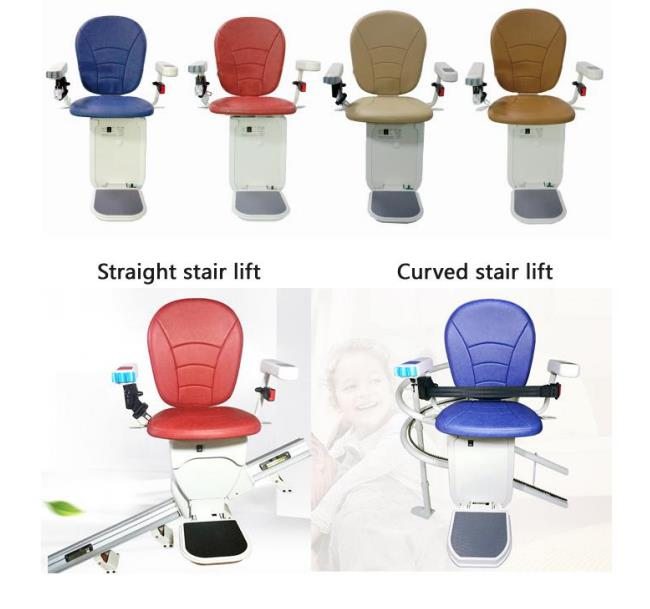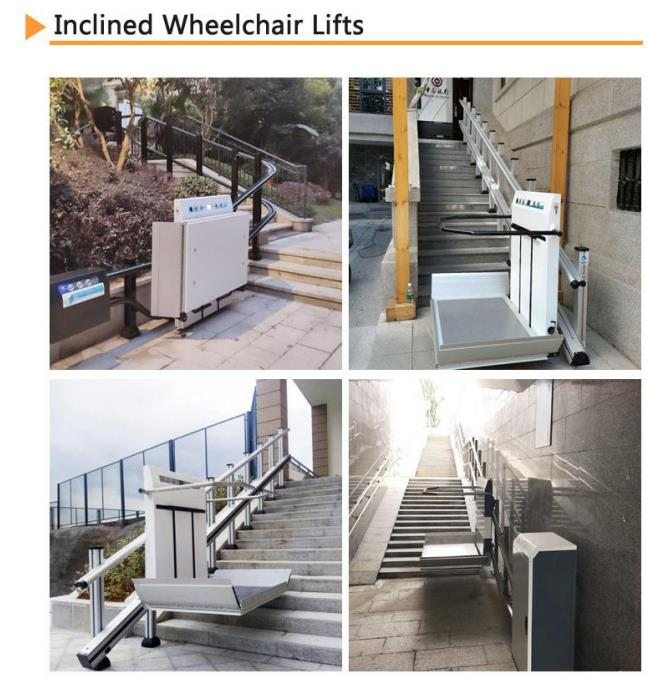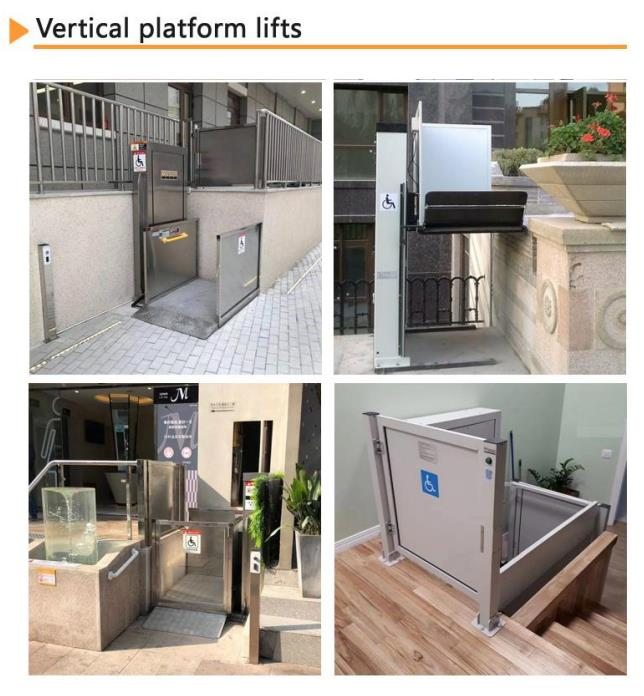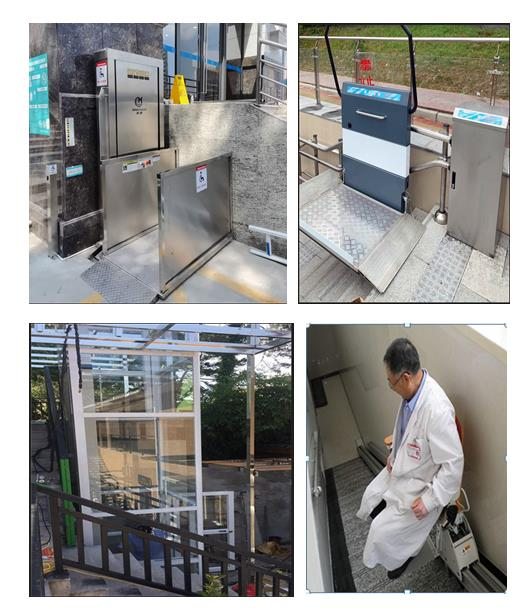With the advent of an aging society and increasing demands for quality of life, stairlifts have become an important solution for many multi-story homes, villas, or households with elderly or mobility-impaired individuals. They effectively address the challenge of climbing stairs, enhancing safety and independence. So, what types are available on the market, and how should you choose?
Main Types
-
Straight Stair lifts: The most common and economical type. Suitable for straight staircases without turns or landings. The track is directly fixed to the steps, and the seat moves up and down smoothly along the track. Simple to operate and space-saving.
-

-
Curved Stair lifts: Designed for complex staircases such as spiral stairs or those with turns and landings. The track must be custom-made to fit the exact dimensions and angles of your staircase, allowing it to navigate around obstacles seamlessly. Technologically advanced and more expensive than straight stairlifts.
-
Wheelchair Platform Lifts: Primarily for individuals with severe mobility impairments who need to use a wheelchair. It features a larger platform where the user can drive their wheelchair onto it, secure it, and the platform moves steadily along the track. Requires sufficient staircase width.

-
Vertical Platform Lifts: Also known as “home elevators.” Typically installed in the middle or beside the staircase, they move vertically between floors via a rail or hydraulic mechanism without complex tracks. Ideal for households with ample space seeking true accessibility. Installation requirements are higher.

How to Choose?
Selecting a stairlift requires comprehensive consideration. Here are key points to keep in mind:
-
Evaluate Staircase Structure: This is the first step in determining the type. Measure the length, slope, presence of turns, and landing width of your staircase. Straight stairs suit straight stairlifts, while complex structures may require curved stairlifts or vertical lifts.
-
Identify User Needs: Consider the user’s physical condition (ability to sit and stand freely, need for a wheelchair), operational capability (ability to use a simple remote), and frequency of use by household members.
-
Focus on Safety Features: Safety is paramount. Ensure the product includes features such as seat belts, collision sensors, emergency stop buttons, and infrared sensors at the base (automatically stops when obstacles are detected).
-
Consider Installation and After-Sales Service: Choose a reputable brand with professional measurement and installation services. Also, inquire about warranty terms and maintenance response times, which are crucial for long-term peace of mind.
-
Budget Planning: Prices vary significantly among different types and brands. Straight stairlifts are the most affordable, while curved stairlifts and vertical lifts represent a larger investment. Define your budget range to choose the most cost-effective solution

In summary, selecting the right stairlift requires aligning with actual needs. It is advisable to contact professional suppliers for on-site inspections and trials to make an informed decision, ensuring safety and convenience for your family.




